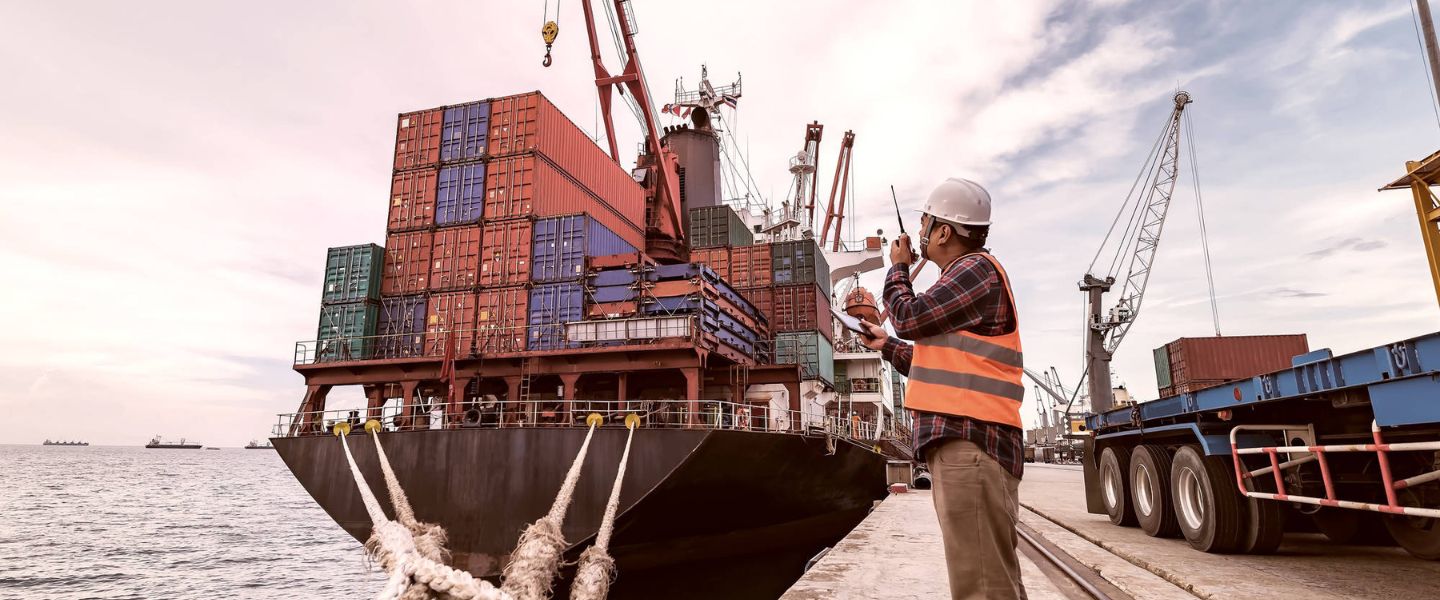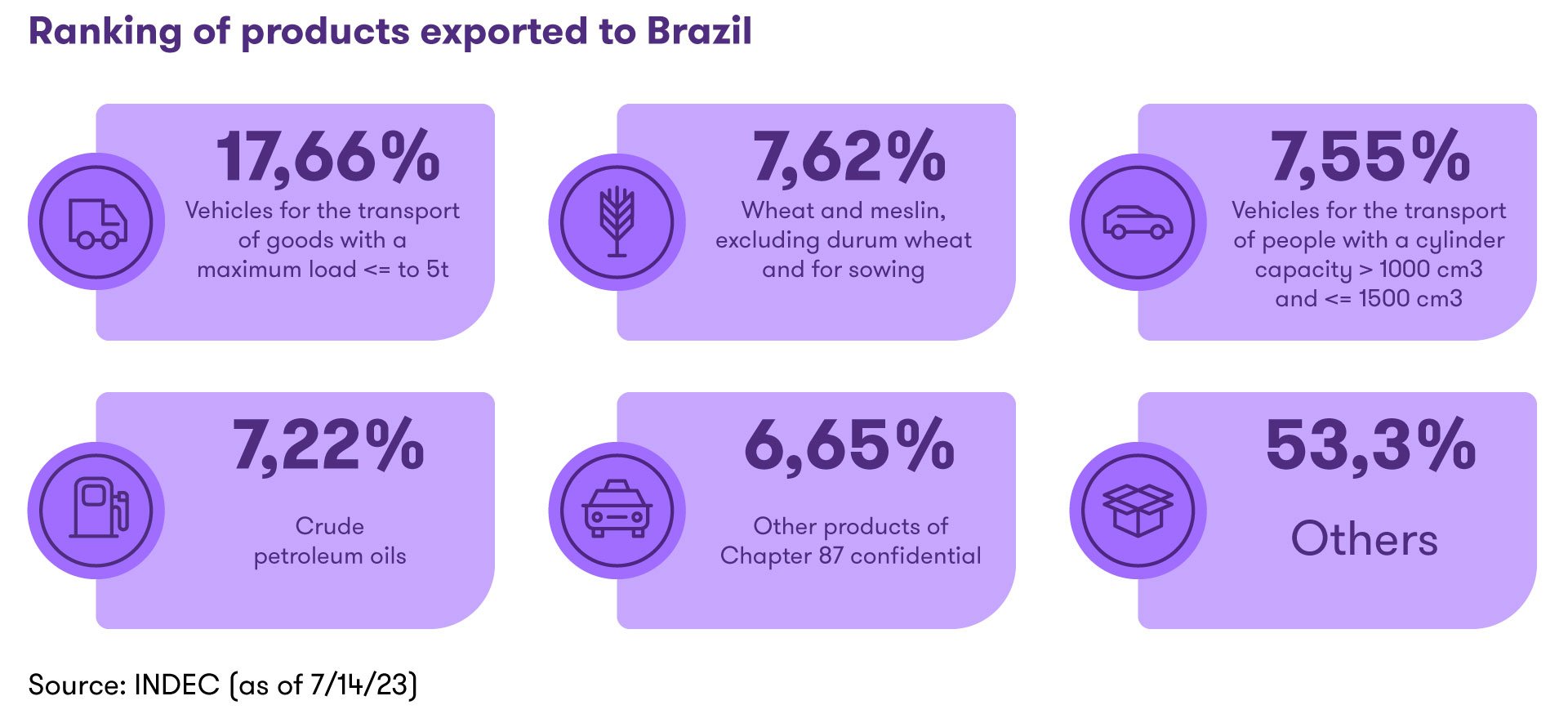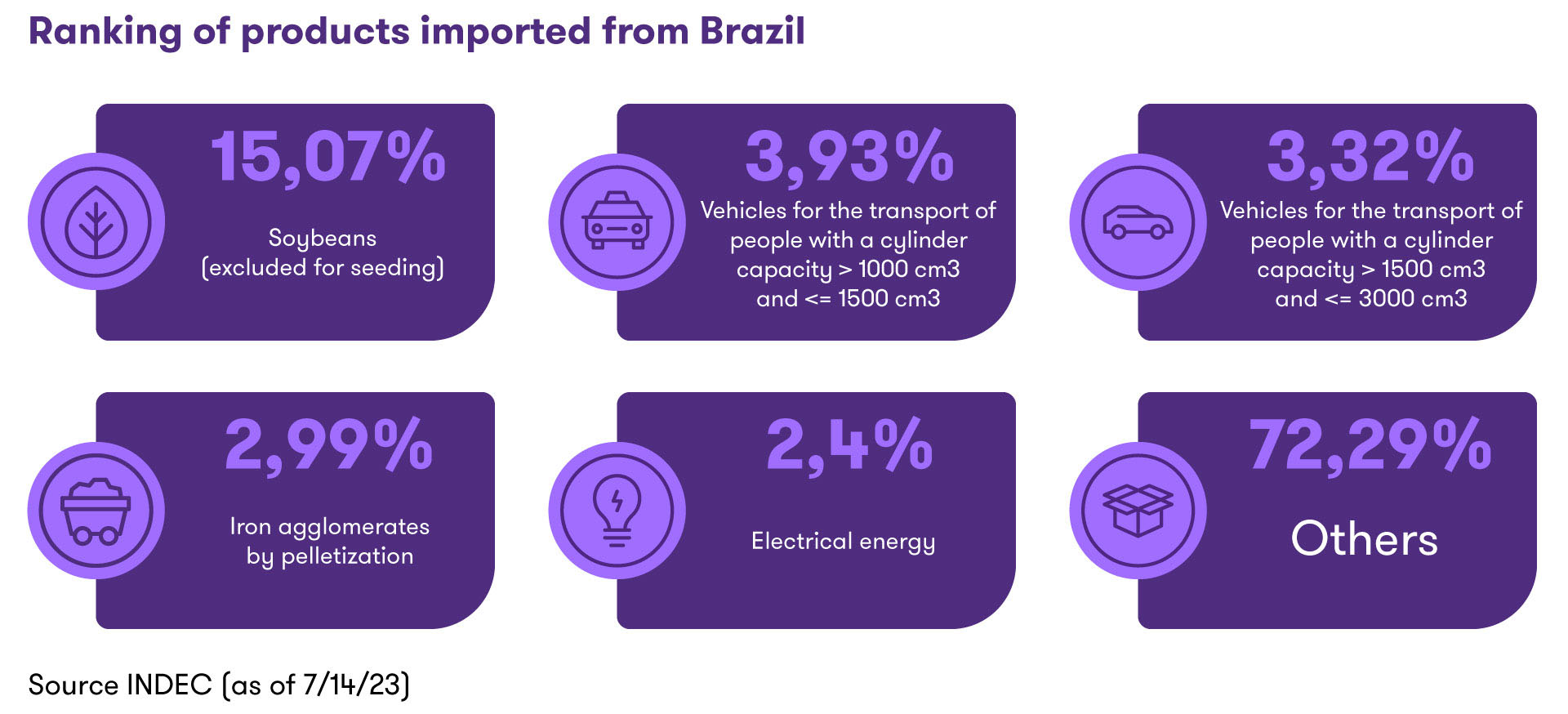-
Compliance
Assistance in the design, implementation and monitoring of Compliance programs within the framework of local and international regulations (FCPA, Corporate Criminal Responsibility Law), including course delivery.
-
ESG & Sustainability
Projects related to ESG (environmental, social and governance) and Sustainability.
-
Forensic
The services offer includes expert advice in litigation resolution and the development of procedures in legal/digital forensics and cybersecurity.
-
Human Capital
Grant Thornton's Human Capital division has a team of professionals determined to accompany individuals and organizations throughout the relationship between the employee and the organization.
-
Organizational restructuring
Advice on operational restructuring to companies in difficulty, their creditors or other interested parties.
-
Services to the Government and the Public Sector
Financial audit projects and special technical and concurrent reviews of programs of national and subnational governments financed by International Credit Organizations. Special projects for government entities, public and mixed companies.
-
Valuation Services
We provide stock, business, asset, and liability valuations in support of negotiations, account structuring, and tax opportunities.
-
Transaction Advisory Services
The service offer includes financial due Diligence, operations services, business and strategic intelligence, ratings, advice on mergers and acquisitions, capital markets and debt advice.
-
Academy - Empowered by Grant Thornton Argentina & Perú
Academy is an e-learning platform that emerged as a joint initiative of Grant Thornton Argentina and Grant Thornton Perú. It is designed so that everyone can acquire new skills in accounting, auditing, taxes, technology and business through access to multiple courses and certifications.
-
External audit
We offer services of external audit of financial statements; assurance reports, agreed procedures and certifications; due-diligence and take-over of companies.
-
Audit methodology and technology
At Grant Thornton we use a single audit methodology across our global network. We apply it through an integrated set of software tools known as the Voyager suite. Meet it now.
-
Professional standards and training
Our IFRS advisors can help you navigate the complexity of the standards so you can spend your time and effort on your business.
-
Prevention of money laundering and financing of terrorism
At Grant Thornton we provide advice to our clients in the development of an Asset Laundering and Terrorist Financing Prevention strategy that allows them to prevent risks in a comprehensive manner.

-
Tax outsourcing
Taxes have a strong impact on your business decisions. At Grant Thornton we will respond quickly and tailor solutions for our clients.
-
Payroll
Put your payroll in good hands while you take your business beyond. Learn about our services.
-
Accounting, administration and finance services
To achieve the highest business benefits, you need an experienced team by your side. Learn about our services.
-
Start-up companies
Learn about our solutions to help build your business.
-
External audit
We offer services of external audit of financial statements; assurance reports, agreed procedures and certifications; due-diligence and take-over of companies.
-
AML - FIU Independent External Reviewer
We participate in the implementation of the requirements of the FIU in leading companies and our services ensure an orderly framework, optimizing the investment.
-
Internal audit
An internal audit helps identify gaps, deficiencies, and potential for inherent risk in all facets of the organization.
-
Legal audit
The monitoring of the legal area is usually a complex and difficult task for organizations, which however cannot be neglected.
-
Creation and acquisition of Financial Entities
We have the knowledge and experience in activities related to the acquisition and creation of financial entities, both locally and internationally.
-
Responsible for regulatory compliance
At Grant Thornton we offer the service of acting as "Responsible for Regulatory Compliance and Internal Control" for companies that requested registration as Settlement and Clearing Agent and Trading Agent.
-
Global Mobility Services
Sending someone abroad involves liabilities and obligations. We offer interesting solutions to minimize the tax burden for both parties.
-
Direct Tax
We provide clear and practical solutions that meet your specific business needs, in the most tax-efficient way possible.
-
Indirect Tax
Grant Thornton's tax teams take a rigorous approach to help you meeting your tax obligations, whatever challenges you may face along the way.
-
International taxes – Transaction support
We offer our international experience in the field and make available the resources to plan and adequately comply with regulatory frameworks.
-
Services to private clients
Wherever you are in the world, our tax specialists can help you with your interests and investments abroad.
-
Clean energy and technology
Growing demand, development of new ways of energy and need of a sustainable future: we accompany our client in these changes and to be one step ahead.
-
Mining
Our flexible, partner-led teams are dynamic and focused on development. We take time to understand the details of the client’s business and offer unique solutions.
-
Oil and gas
Our Oil & Gas teams have the deep knowledge, wide experience and vision needed to offer our clients practical solutions adapted to their businesses.
-
Banking
Grant Thornton offers meaningful and accurate solutions for operational and transactional issues, litigation and administrative disputes in banking.
-
Private capital
We gather international teams of experts in corporate finance, restructuring and recovery, tax and insurance services to deliver customized solutions from initial investment, through development stages until the end of each project.
-
Fintech
We work to take advantage of all opportunities and manage industry risks, allowing our clients to always be one step beyond their competitors.
-
Asset management
We have specialized teams in more than 140 markets delivering solutions regarding insurance, taxes and advisory to global, international, regional, local asset managers.
-
Insurance
Thanks to our specialized team we offer accurate solutions for operational and transactional matters, litigations and administrative conflicts.

Since colonial times, Argentina has had commercial relations with Brazil, energized by geographic proximity and common boarders. With the crisis of the 1930s, the relationship strengthened, reaching very important values during World War II. At this same time, both countries were going through an industrialization model through import substitution (ISI), becoming the two most industrialized countries in South America.
The role of MERCOSUR
In 1991, with the formation of MERCOSUR, Brazil began to position itself as Argentina's main trading partner, both in imports and exports, always remaining ahead of China and the United States. In 2011, Brazil was the destination for 24% of national exports, for an amount of US$17,317 million (FOB amount), tripling shipments to China (US$6,033 million) and quadrupling to the United States (US$4,248 million).
The ease of logistics and the benefits granted by MERCOSUR allow Argentina to export products to Brazil that it cannot locate in other parts of the world, such as industrial products, especially from the automotive industry. In fact, 59% of the exports made to this country in the first half of 2023 correspond to industrial manufacturing (MOI), of which 67% is land transported material.
In this period, Argentina exported to Brazil more than US$5,720 million (FOB Amount). 15.2% of this total refers to agricultural manufacturing (MOA), 13.7% to primary products and 11.7% to fuels and energy.

In the last three decades of commercial exchange, Argentina registered a positive balance (more exports than imports) with respect to Brazil only in 11 years since Brazilian imports are usually key products for the Argentine productive scheme.
 To reverse this trend or reduce the trade deficit, "Argentina would have to start developing active export policies, with more realistic terms of trade (for example, the exchange rate) and less withholdings on exports to be more competitive", reflects Arnaldo Hasenclever, Director of the International Business Centre of Grant Thornton Argentina.
To reverse this trend or reduce the trade deficit, "Argentina would have to start developing active export policies, with more realistic terms of trade (for example, the exchange rate) and less withholdings on exports to be more competitive", reflects Arnaldo Hasenclever, Director of the International Business Centre of Grant Thornton Argentina.
“At the same time, there should be special programs that allow small and medium-sized companies to develop so that they are able to cover export markets. Many States have actively supported national companies so that they are in a position to supply international markets. Examples of this are certain Eastern countries, which have achieved this objective with the automotive sector and other technological industries”, Hasenclever concludes.
The import of Brazilian goods during the first half of 2023 was US$ 9,573 million (CIF Amount), of which 51.1% are intermediate goods, 20% parts and accessories for capital goods, 8.9% capital goods, 8.7% passenger motor vehicles, 7.2% consumer goods and 4.1% fuel and lubricants.

 “Brazil is a large soybean producer, the second in the world, so it is not surprising that it exports in large quantities. While Argentina is also a strong producer and domestic consumption of the product is close to 15%, so the remaining 85% is marketed. This is why it sets off warning signs to see that US$1,443 million of soybeans have been imported”, says Julia Adano, Lead Tax Partner and Agribusiness spokesperson at Grant Thornton Argentina.
“Brazil is a large soybean producer, the second in the world, so it is not surprising that it exports in large quantities. While Argentina is also a strong producer and domestic consumption of the product is close to 15%, so the remaining 85% is marketed. This is why it sets off warning signs to see that US$1,443 million of soybeans have been imported”, says Julia Adano, Lead Tax Partner and Agribusiness spokesperson at Grant Thornton Argentina.
“This is the result of the severe drought that affected the 22-23 season, added to the frosts that were experienced in February and further compromised soybean and corn crops. The yield of the harvest was 45% lower than expected at the beginning of the season and it is expected that the fine harvest 23-24 will also be compromised, so it is likely we will continue importing the cereal", Adano points out.
Julia adds “However, in the coming years, if the weather conditions are not as difficult as those of 2022/23, the Argentine crop could recover its usual yield. On a commercial level, it is also important that prices are competitive; since 2022 meant a record of low soybean prices and this also had an impact on the negative result of national exports”.
The rise of the BRICS
In 2001, British economist and former head of Goldman Sachs Bank, Jim O'Neill, coined the term "BRIC" to describe fast-growing economies that would collectively dominate the world economy by 2050: Brazil, Russia, India, and China; adding South Africa in 2010. Currently, the group contributes 31.5% of the world GDP, against 30.7% for the G7 (Germany, Canada, the United States, France, Italy, Japan and the United Kingdom).
Since 1999, Brazil has had an inflation targeting policy to clear up uncertainties in the capital market and provide more security to the Central Bank. For 2023 it is set at 3.25%, with a tolerance of ± 1.5%.
The importance of Brazil in the Argentine mid-market
In pursuit of maintaining trade relations with the largest economy in South America, the Argentine Embassy in Brazil, with the support of the Argentine Agency for Investment and International Trade (AAICI), designed a logistics cost reduction program in Brazil with the aim of supporting Argentine companies that seek to export to this country, through the reduction of export logistics costs.
Thanks to this program, exports of Argentine origin have reduced rates in international transport, customs clearance, certificates and other import and storage procedures.
 Sergio Verón, Lead Partner of Business Process Solutions and the representative of Grant Thornton Argentina in the Argentine-Brazilian Chamber of Commerce, Industry and Services (CAMBRAS), tells us "This type of regulation, which alleviates the costs of commercial activities between both countries are always very positive. They promote the expansion of markets for national SMEs and mid-market companies. In particular, this type of incentive continues to position Brazil as the most attractive destination market for an Argentine company to increase its volume of exports or start their expansion plan in markets outside the country".
Sergio Verón, Lead Partner of Business Process Solutions and the representative of Grant Thornton Argentina in the Argentine-Brazilian Chamber of Commerce, Industry and Services (CAMBRAS), tells us "This type of regulation, which alleviates the costs of commercial activities between both countries are always very positive. They promote the expansion of markets for national SMEs and mid-market companies. In particular, this type of incentive continues to position Brazil as the most attractive destination market for an Argentine company to increase its volume of exports or start their expansion plan in markets outside the country".
"Business decisions where the objective is to expand the volume of exports to a market as large as Brazil -says Verón- will surely have an impact on the expansion of the employment market and the income of foreign currency. On the other hand, close relations between both countries also promote the increase in commercial activities of Brazilian companies in Argentina, favoring the outsourcing of services and the beginning of start-ups".